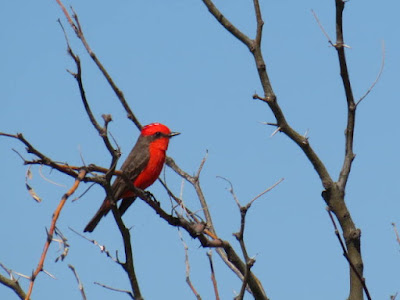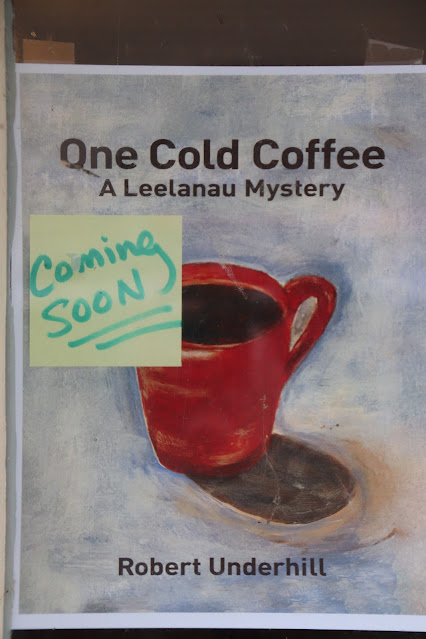 |
| That was then.... |
River Dreams
This past Sunday for me was what you could call a lazy Sunday, even an old lady Sunday. I bought a print copy of the Sunday New York Times and spent most of the day on my front porch with the newspaper and a book, reading and dozing and dreaming, the book one I’d pulled from a shelf in the dark the night before. I’d gone to the shelf holding our river books, so I knew that anything my hand reached would be fine, and back in the light I saw it was Mark Twain.
…The face of the water, in time, became a wonderful book—a book that was a dead language to the uneducated [steamboat] passenger, but which told its mind to me without reserve, delivering its most cherished secrets as clearly as if it uttered them with a voice. And it was not a book to be read once and thrown aside, for it had a new story to tell every day. Throughout the long twelve hundred miles there was never a page that was void of interest, never one that you could leave unread without loss, never one that you would want to skip, thinking you could find higher enjoyment in some other thing. There never was so wonderful a book written by man; never one whose interest was so absorbing, so unflagging, so sparklingly renewed with every perusal.
- Life on the Mississippi
The Artist and I were always more river people than big lake people (much less ocean people). Our boat world was that of paddles and oars, maybe -- very occasionally -- a quiet trolling motor (borrowed), and more often a silent, nearly effortless floating and drifting glide downriver. Eyes constantly roving, alert for partially submerged obstructions in the stream, we were alive as well to roses and cardinal flowers on the banks, wild iris in the shallows, and turtles the size of garbage can lids sliding with a plop! into the water at our approach or a kingfisher swooping across our line of sight. The Paw Paw, the Little Rabbit, the Crystal, the Cedar, the Sucker – those were our rivers, small and intimate, each with its own personality. Although we read and re-read Harlan Hubbard’s Shantyboat and dreamed our way down the Ohio and Mississippi to New Orleans with Harlan and Anna, their riverside life at Payne Hollow was more our speed. No Mississippi for us!
And of course there was the Artist’s own homemade houseboat on the Leland River for years…. Is it any wonder I found myself slipping a bookmark into the Mark Twain book now and then and setting it aside for my memories?
When we are feeling oh-so-holier-than-X about our environmentally-friendly choices and passing negative on judgments on those whose decisions don't fully match up with our own, we might want to stop and think that we are not accurately measuring and comparing our respective carbon footprints by looking at one or two behaviors. Do what you can, and I'll do what I can.
Why didn’t I think of it sooner? I used to have a guest book at the bookstore but haven’t for years now, and it only occurred to me the other day that having people write of their visits would be the perfect way to celebrate the 30th anniversary of Dog Ears Books. I had the thought, then lost it, then had it again – and again – as longtime annual visitors from St. Louis were here … a man from Cincinnati made the drive from Frankfort just to come to Dog Ears Books … the woman who photographed my dog Sarah with her phone and kept the photo on the phone for years came in with her family, boys now quite grown up – and someone else who told me, “This is my favorite bookstore in the world!” Really?! I’m not kidding, he said that. But his words were nowhere recorded!
So now, when you visit this summer, you can record your compliments (or complaints), memories, and future hopes in my new keepsake book from the Pennington Collection! Good idea, yes?
Busy Times For Us All
Illinois got tornadoes, everyone is getting smoky air, but our end of the Leelanau peninsula did not get rain that was forecast for earlier this week. (After I mowed my yard the night before, too, just to be ready!) Farmers market started a week late in Northport, because of new paving in the marina parking lot, but it was going strong today, and I finally got my maple syrup from Al and Margo Ammons. I’m going to take my usual Sunday off this weekend but will probably bend the schedule to open on Monday, since Tuesday is, after all, the 4th of July – thirty years since my first bookstore opened in that little, long-gone shed down Waukazoo Street. In retrospect, time does fly. Sometimes the moments fly in passing, too. A pause every hour, even for half a minute, can be important. Ah! We’re here now. We're here now.
 |
| Thank you, Heather!!!!! |





















